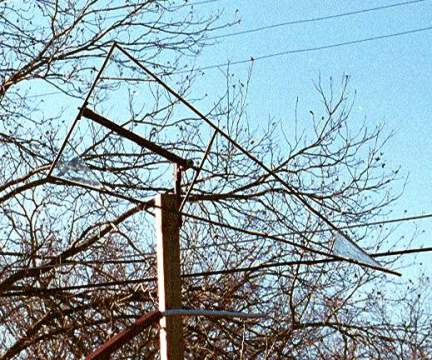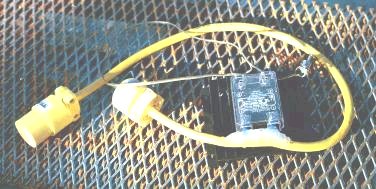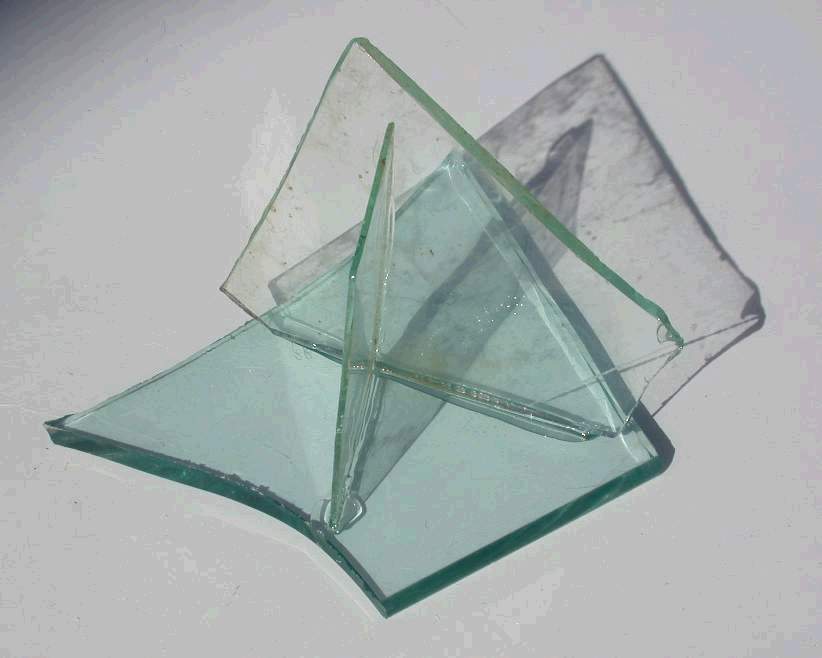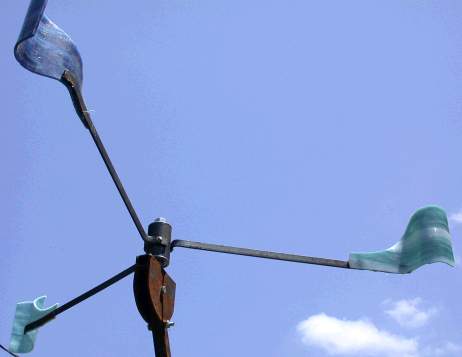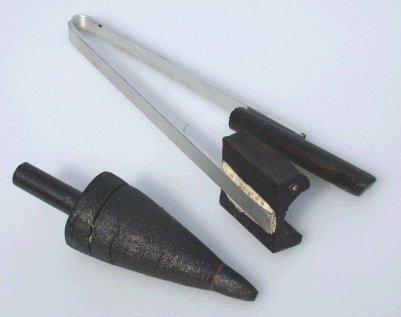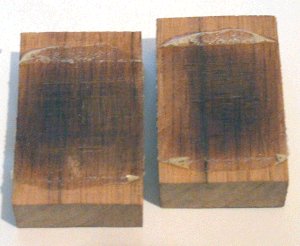| For all practical purposes, glue is an adhesive and vice versa.
There are some people that think a "glue" is weaker,
etc., while an "adhesive" is high tech and modern.
Either one must be matched to the job and a wonderful glue for metal may
simply never stick to plastic and vice versa. Since this is a glass
related website, the adhesives for non-glass stuff will mostly be
mentioned in connection with tools or gluing glass to other stuff. Using the proper materials and with proper preparation, it is possible to glue up a chunk of optical glass from other chunks, where the seams are virtually invisible yet the result is strong enough to be ground smooth and otherwise worked. Since the initial chunks can be (indeed must be) worked to polish the smooth gluing surfaces, they can also be worked to provide inside shapes including leaving holes and surface treatments including etching and dichroic treatment. There are artists who make cities inside glass and others who make spheres and other shapes. 2009-03-02 |
| On the other hand, there are several glues that permit
adhering glass reliably to other glass and to other materials.
The silicone based adhesives are particularly good and E-6000 (Eclectic Products, 800-767-4667) is
spoken of often. Uses for these glues include attaching glass to
bases made of other materials - marble, granite, and wood - and
making up laminates such as the botanical weights of Paul
Stankard where dark stone is adhered to the side of the glass
portion. |
 There is a whole subcategory of glass sculpture that
involves cutting and shaping thick pieces of flat window glass
and stacking and gluing them for effect. Jim Bowman has a clock
next the the DART Rail West End station in Dallas which has what
looks like a tornado descending through the layers of green glass
- the tornado was blasted in each piece before assembly. Similar
material has been used for art deco like skyscraper models and
tables. There is a whole subcategory of glass sculpture that
involves cutting and shaping thick pieces of flat window glass
and stacking and gluing them for effect. Jim Bowman has a clock
next the the DART Rail West End station in Dallas which has what
looks like a tornado descending through the layers of green glass
- the tornado was blasted in each piece before assembly. Similar
material has been used for art deco like skyscraper models and
tables. |
| The major categories of glues for glass are UV (ultraviolet)
curing acrylics, two part epoxy resins, and silicone based RTV rubbers. I am
weak on super glues - cyanoacrylates - which I have not used.
http://en.wikipedia.org/wiki/Cyanoacrylate says they are not good with
glass and weak in shear or when cold. The first are typically thin, very clear (water clear) and slow to set until exposed to UV light from sunlight or a special lamp. They are used when very thin glue lines are desired and typically have almost no filling capacity - the materials must fit perfectly. When the glass is opaque or very dark, accelerants are available to cure the epoxy in the way that two part epoxies or fiberglass resin is cured. |
|
Can I add a few notes? UV glass bonding adhesives are primarily
acrylic based, unlike 2 part epoxies. These days they bond with
equal structural strength to typical epoxies, and can be water
white and moisture resistant. One recommendation would be Dymax
620 or Dymax 429. They are single part and room temperature
curing. In high temperature and solvent resistance, epoxies can
be superior, but in other aspects they compare well. These UV
curing acrylic chemistries are used for almost all car windshield
repairs, by the way.
You would use the same amounts of a UV curing adhesive as an epoxy, as both are gap filling and structural. You are correct in saying that you can manipulate your parts after applying the adhesive, because no curing starts until the adhesive is exposed to the curing light. This is a reason why UV adhesives are used a lot for lens bonding and fiber optics, where the parts need to be focused or aligned. Uncured adhesive can be easily wiped away with, say, isopropanol. (isopropyl alcohol) One caution about using sunlight for UV curing - you may not achieve full polymerization with just sunlight as opposed to a UV lamp, and therefore not achieve all the desired physical properties. Regards, Peter [Peter Swanson, Oxfordshire, England, INTERTRONICS [Posted to Rec.crafts.glass 2002-06-27] |
